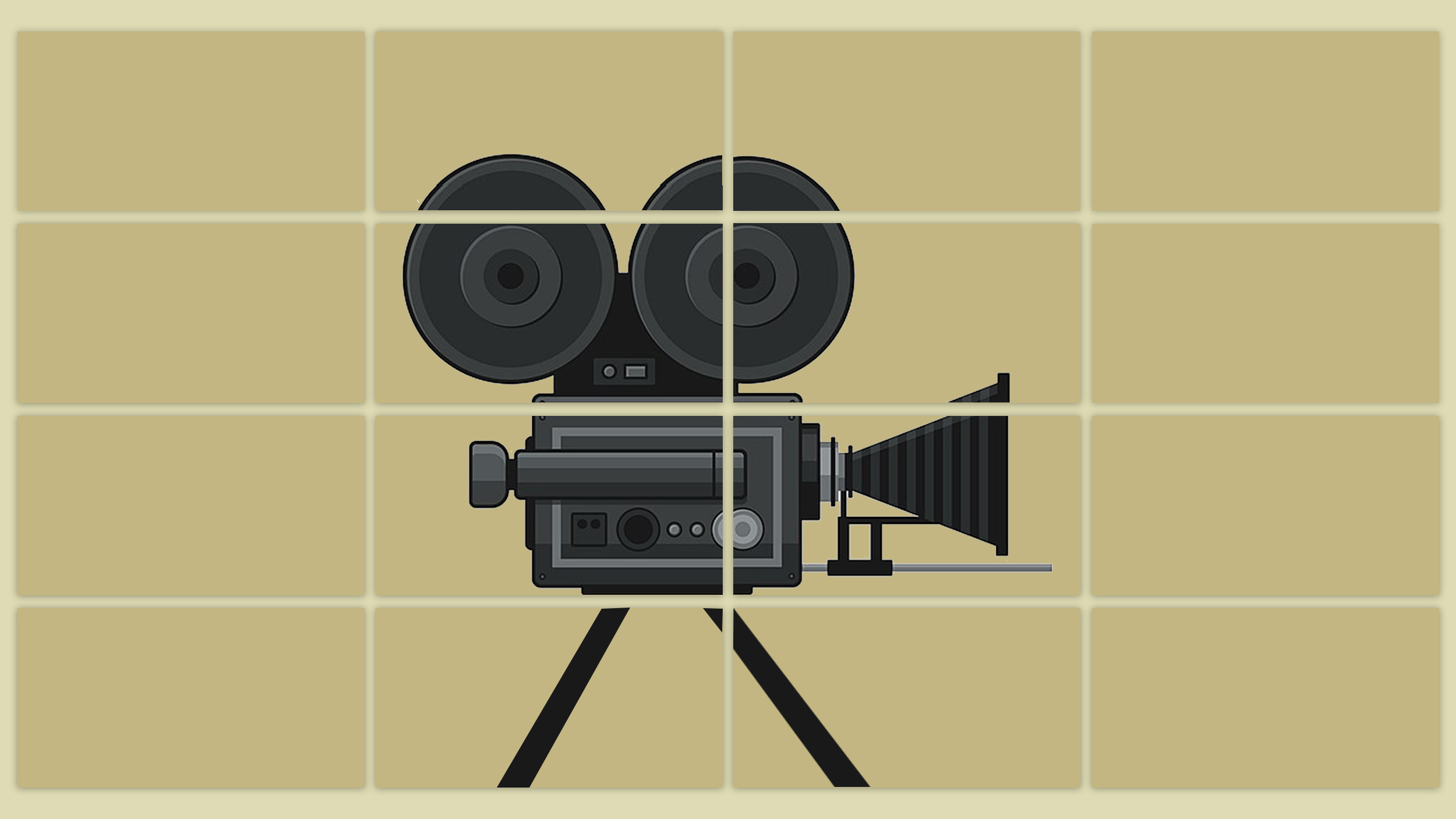Kickstarter, Tim Ferriss and a New Pricing Model for Creative Assets
Ever since the introduction of the iTunes music store, I was under the impression that $0.99 would become the default price for all digital content. One way or another, content would be continually sliced and diced into ever-smaller pieces of micro-content, such that the market-clearing price for that content would become $0.99.Then I ran into Kickstarter, the innovative crowdfunding site for artistic and creative projects.
While Kickstarter bills itself as “a way to fund and follow creativity,” I’m starting to think that the true genius of the site is in the creation of a radically new pricing model for creative assets. Simply stated, it unbundles the pricing from the physical asset, and instead, bundles the pricing with the creative process. This is a subtle point, but here’s how it works: the old model was that you pay $0.99, $9.99, $19.99 or whatever price for the finished artistic work (an album, a book, a magazine), regardless of the amount of time, effort and financing that went into the production of that work. That price was the price that established a minimum level of profit-taking for all the middlemen involved in distributing that creative asset.
The new model is that you fund an artistic process, and in return for a specified level of funding – anywhere from $25 up to $10,000 – you receive an increasingly personalized creative asset. (I’ve funded a book, a piece of art, and a film on Kickstarter, and each time, I’ve been offered different terms) For example, a $25 funding pledge for a film might get you a copy of the final DVD as well as a personalized thank-you note from the artist. A $50 pledge might get you all that – plus a mention in the final credits of the film. A $100 pledge might get you all that, plus a limited edition poster for the film. A $1000 pledge might get you all that, plus a 1-on-1 dinner with the film’s producers and a private screening of the film.
What’s interesting is that other artists – whether directly or indirectly – are experimenting with similar types of pricing models. Consider what bestselling author Tim Ferriss is doing: ahead of his book launch for The 4-Hour Body on December 14, he’s offering readers a unique opportunity to receive additional bonuses and discounts that are linked to the book. In fact, in a “landgrab” promo that expires this weekend, Tim outlined how he planned to give out more than $4 million in “prizes” over a 48-hour period, based on the number of books that people buy. Every package is worth at least twice the cost of the books, often up to 10x the value of the books. The more you buy, the more you get.
My head is starting to churn on this one… It will be interesting to see how many books Tim Ferriss manages to sell — especially whether he ends up on the New York Times bestseller list as planned. I loved his 4-Hour Workweek, and based on that alone, I’m willing to pony up for a Tim Ferriss bonus package. I don’t quite have the purchasing power to be able to hang out with Miss India on a private Indian archipelago (that required a hefty investment of 1,000 books, or about $15K) — but even with one book purchase, you still get $140 in bonuses…
[top image: still from The 4-Hour Body Trailer]







